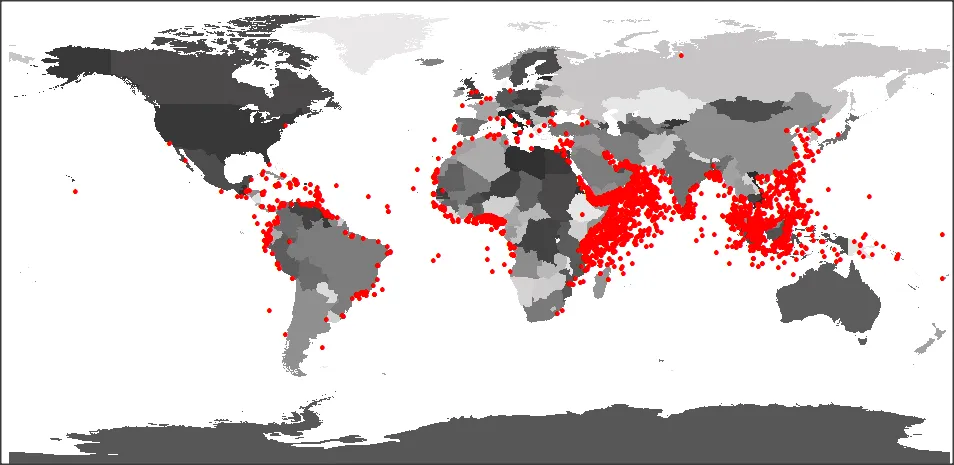
Where could be the next pirate film ?
Who haven’t watch “Pirates of the Caribbean! I guess we could hardly find someone who haven’t seen these movies. Oh! that was a complete fun.
History says, Mediterranean sea was the first free land of the pirates but later on these pirates were chased out of the Mediterranean Sea by the French and the pirates sailed to live in the Caribbean. The fancy Caribbean pirate stories started there between the time 1519 and 1780 which was known as the Golden Age of Piracy. Gore Verbinski and other directors of the movies were motivated by the fictional historical setting and of course by the piracy time and pirate’s place. Now, if any director wants to make a pirate movie on the contemporary pirate’s tail where should be the movie and of what time?
US National Geospatial-Intelligence Agency has recorded the pirate attack all over the world. The dataset has attributed almost 6000+ pirate attacks cases which have been recorded over the last 30 years. This first map shows the spatial distribution of the attack and tells us the pirate legends have moved from Caribbean to Arabian Sea, Andaman sea, Red sea, Java sea and so. Second map shows where the attacks have been recorded (also with a temporal distribution presented in a bar chart), with four clear areas standing out when the data is aggregated into hexagon bins. This presentation has more precisely mapped the Gulf of Guinea, Gulf of Aden, Bay of Bangle and Andaman sea as Pirate attack hotspot. So, now you also know where you be thrilled and careful when moving through these gulfs.
some R-bloggers have also took one step further to build an animation of cumulative, yearly IRL pirate attacks from 1978 to the present. They have found it a bit interesting to see how the hotspots shifted over time.
SO based on the spatial distribution and hotspot of pirate attacks, and geographical diversity suggests that the Andaman sea (surrounded by Java sea, Gulf of Thailand, Riau Island, Sprartly island, cost of Malaysis, Thailand, Indonesia, Philippines and so) will be a great region to look for interesting pirate stories and make a movie titled, “Pirates of the Andaman”









